
World War II saw the development of several highly-specialized types of soldier within the armed forces. For the first time in history, airborne units were developed--and quite successfully deployed in combat. While heralding from a much older tradition, the US Army also developed a "mountain" division trained to fight in the most rugged terrain in Europe. While equipped much the same as standard infantry counterparts, shown below are some of the specialized pieces of uniforms and equipment that these units utilized.

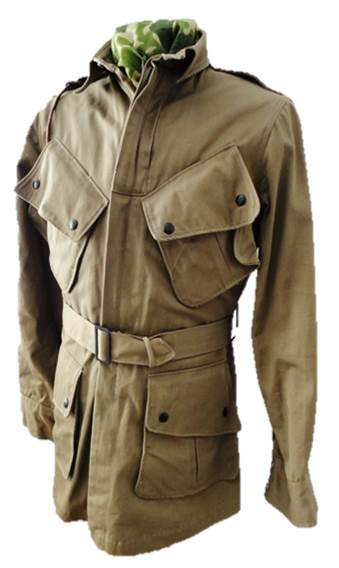
M42 Airborne jump jacket. These were worn by paratroopers up through late 1944 and saw service in the famous airborne drops in Sicily, Italy, and in France on D-Day. This one is dated 1941.
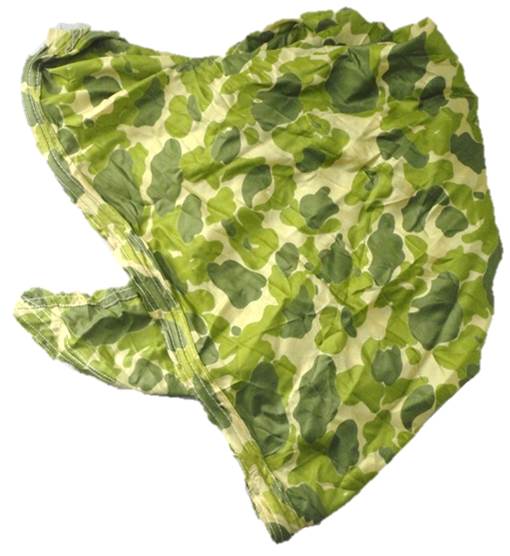
Section of camouflage parachute silk, often worn as a scarf by airborne troops after landing.
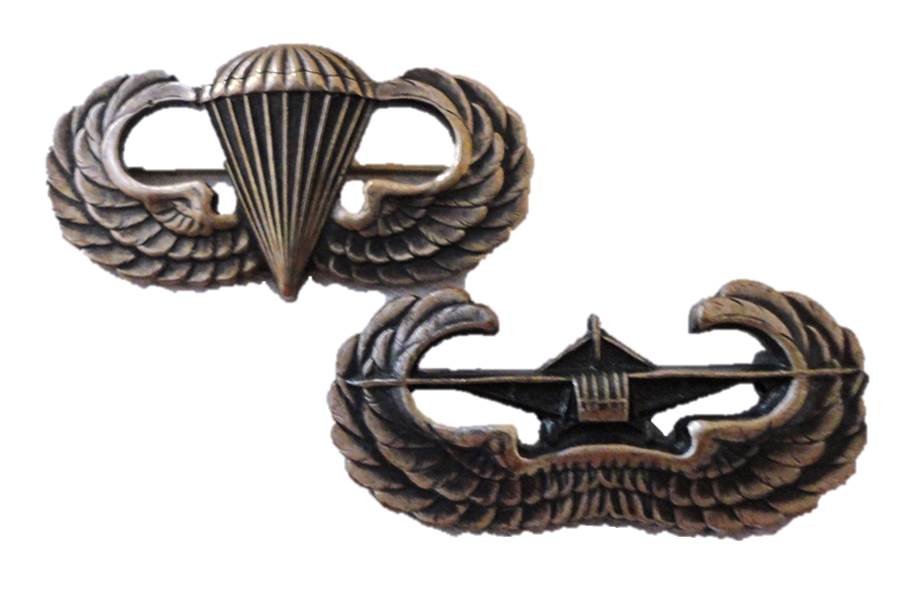
Parachutist and glider qualification wings for airborne troops.
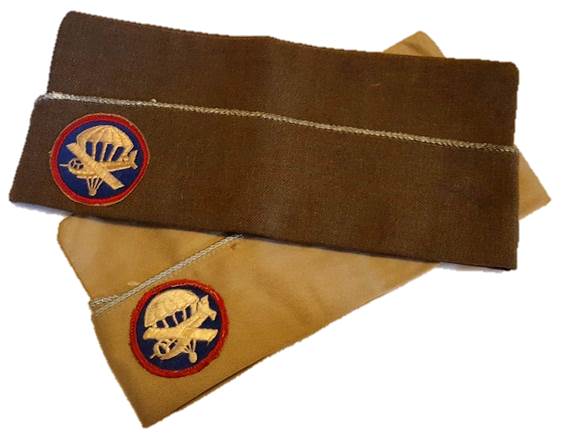
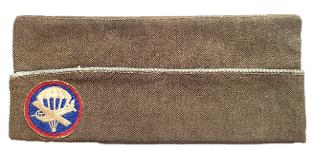
Garrison caps with airborne qualification patches.

First aid kit that was specially designed for paratroopers and pilots. It has two straps to secure it to equipment, and this one contains a tourniquet, dressing, and a now-empty morphine syrette. The pouch was constructed of rubberized material and often seen attached to paratrooper helmets.
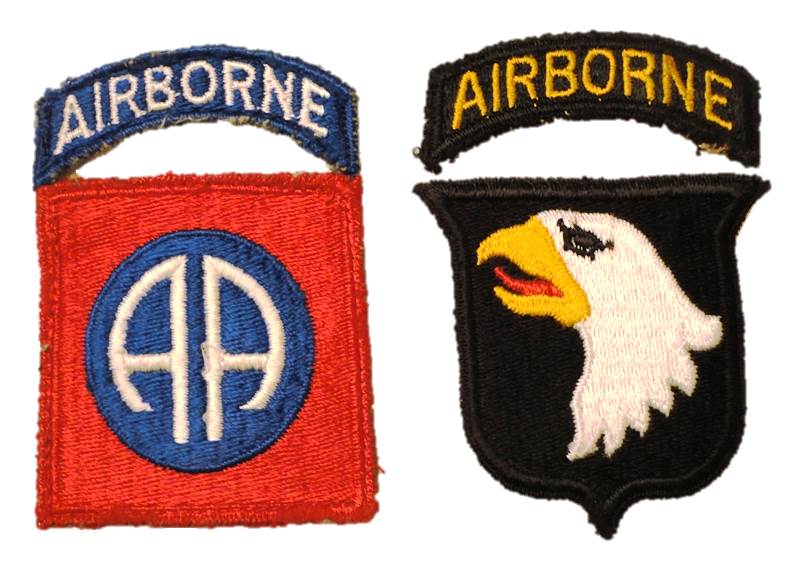
Shoulder patches of the 82nd and 101st Airborne Divisions.
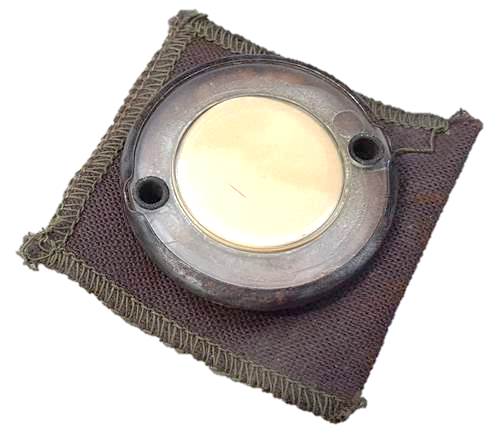
Airborne luminous disc, which were used by paratroopers for the Normandy landings. The disc contained radium, which glowed. These were often affixed to helmets for identification purposes.
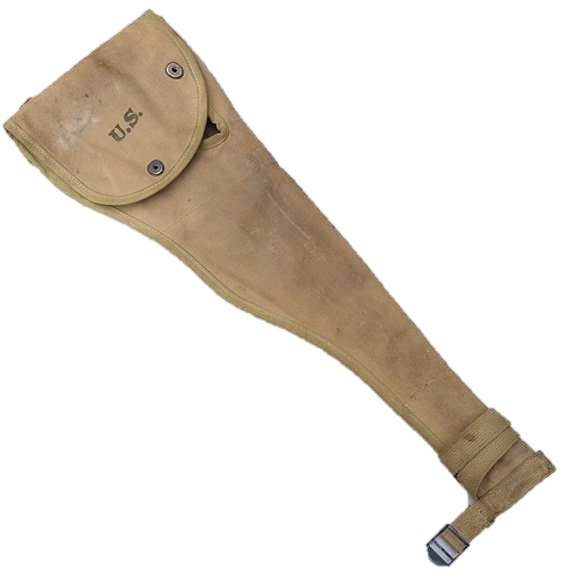
Scabbard for the M1A1 folding carbine, often issued to paratroopers. This holster affixed to the belt and tied down to the leg for jumps.
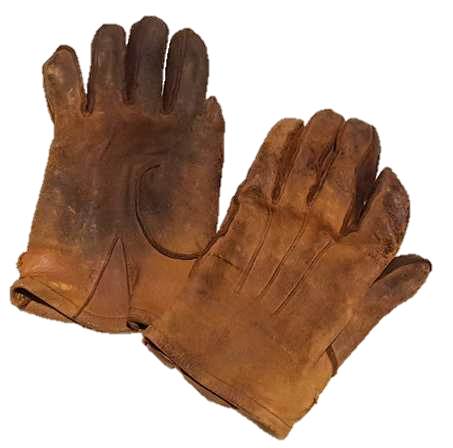
WWII leathercavalry gloves, which were popularly used by paratroopers as well. The cinch straps have been removed.
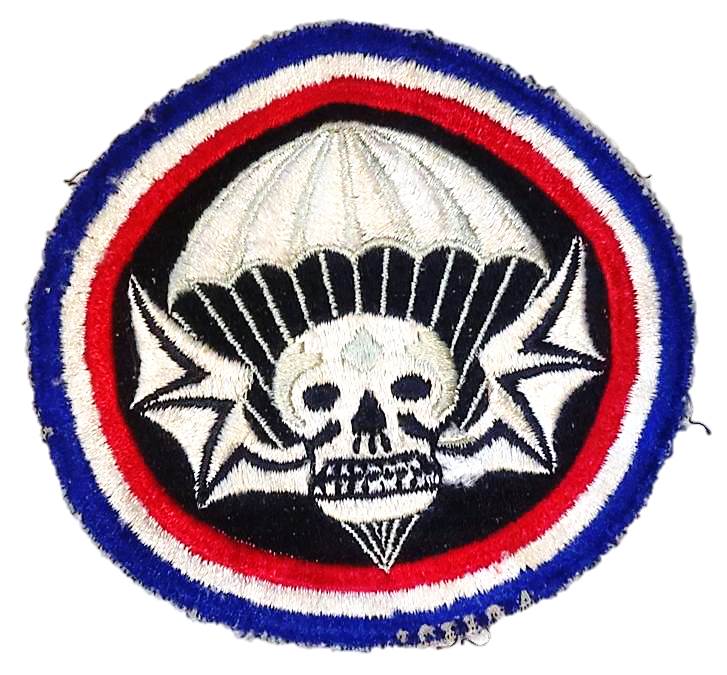
Large-sized 502nd Parachute Infantry pocket patch
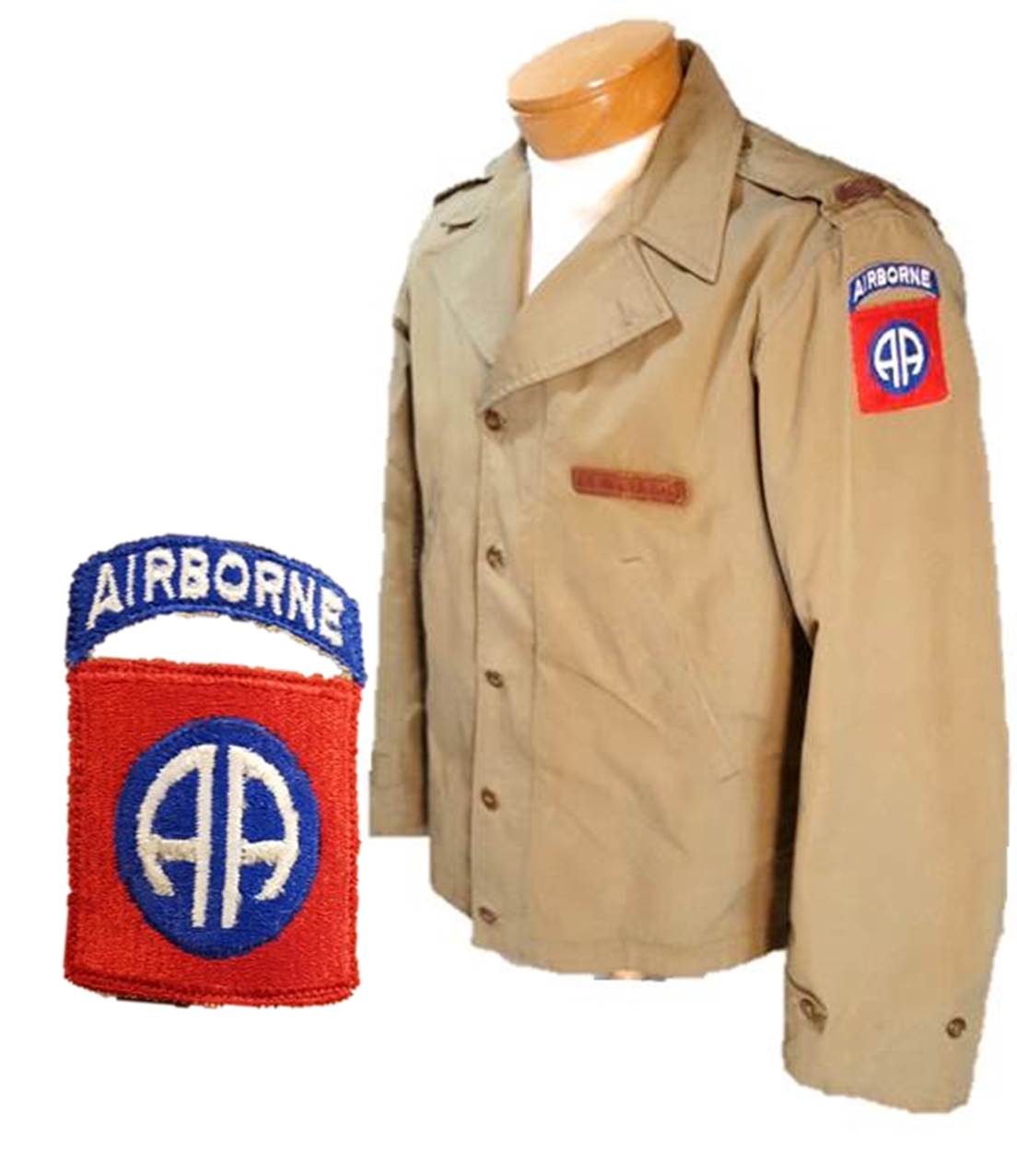
A customized M41 field jacket patched to an officer of the 325th Glider Infantry Regiment. This officer had a leather name tag and leather lieutenant bars added, and it bears the patch of the 82nd Airborne Division.
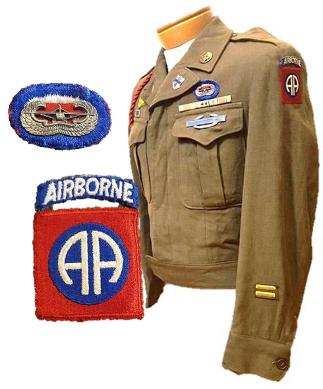
Eisenhower "Ike" jacket to a veteran from the 325th Glider Infantry Regiment of the 82nd Infantry Division. The uniform bears the Combat Infantry Badge, two campaign stars for Europe (likely Battle of the Bulge and the crossing into Germany), as well as the Belgian fourragere and Honorable Discharge patch. A silver pin on the chest indicated glider qualification.
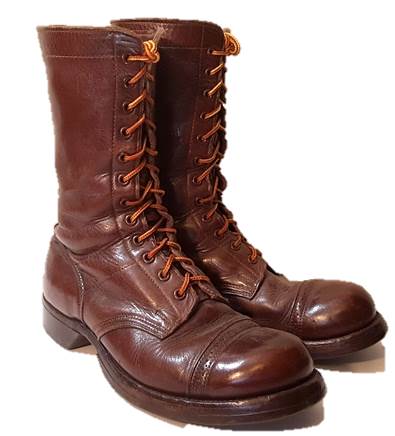
WWII paratrooper boots.
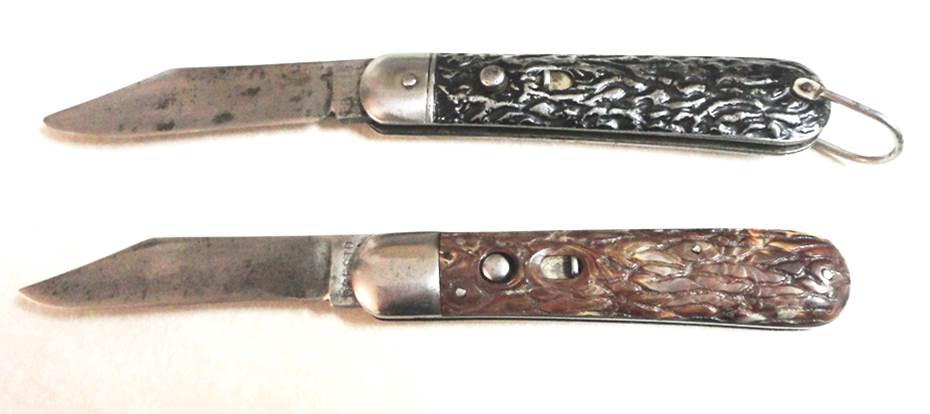
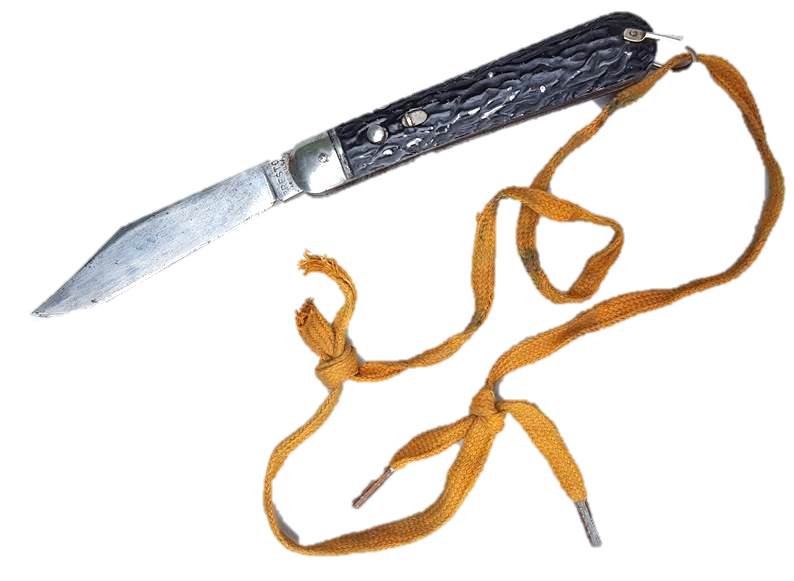
Paratrooper pocket knives. These were designed to be opened with one hand with a button and spring, and help a soldier cut away tangled lines. Airborne jackets had a special pocket for storing these under the collar.
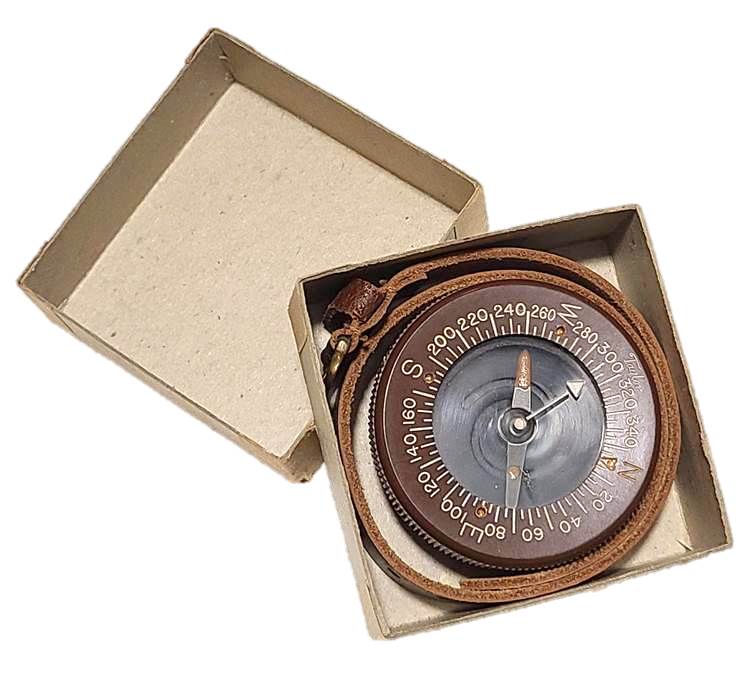
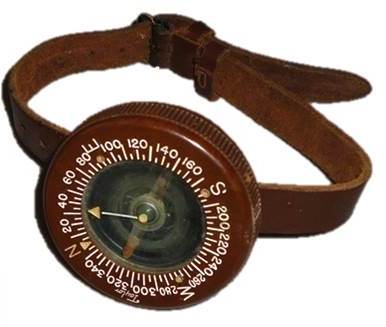
Airborne wrist compasses. These were worn by airborne troops and pilots. The top example is still in its original box.
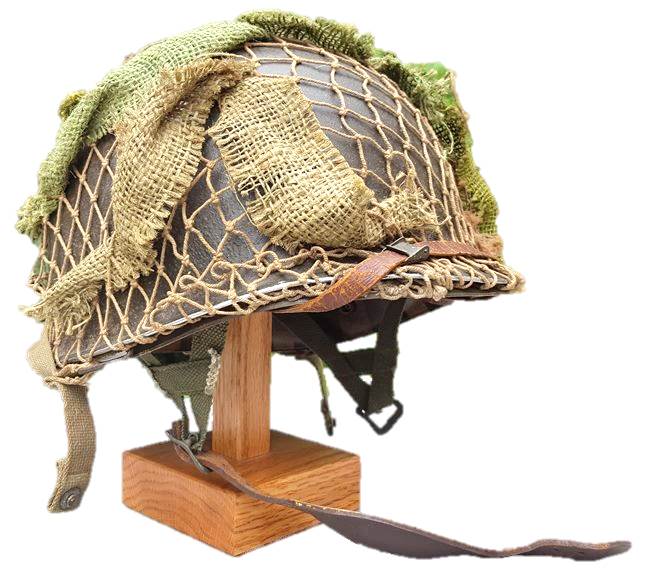
M1C helmet, a variation of the standard M1. The sewn chinstraps of the shell include a snap, which connects to a similar stud in the liner to keep the two together. The liner has A-shaped yokes and a leather chin cup to secure it for jumps. This example has a late production rear-seam shell, indicating late WWII or postwar use. Net and scrim were sometime added for additional camouflage.
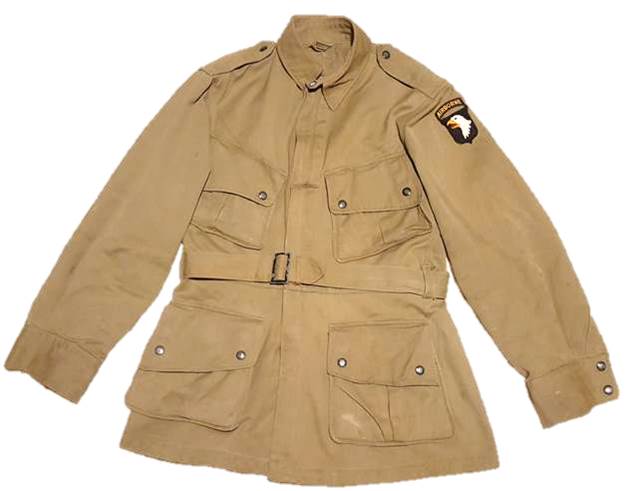
M42 jump jacket patched to a member of the 101st Airborne.
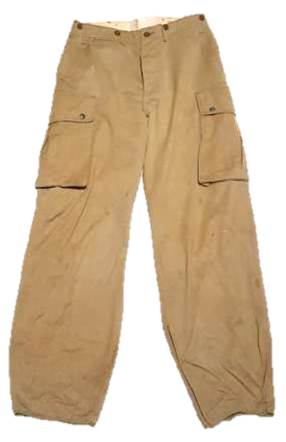
Airborne M42 trousers.
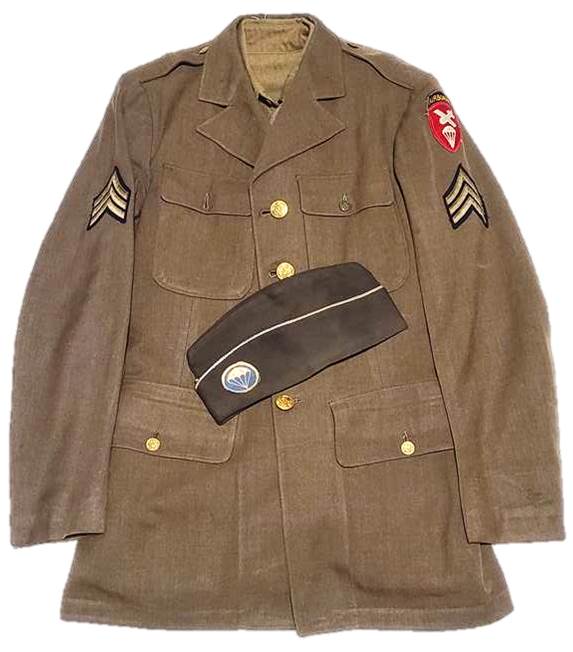
Uniform from a member of the 503rd Airborne. This California veteran jumped on Corregidor in February, 1945, and was badly wounded in the first minutes of the battle.

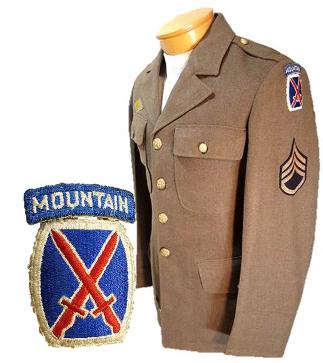
Jacket to a Florida veteran who enlisted in 1942 and served in the 90th Mountain Infantry Regiment of the 10th Mountain Division. The 10th Mountain specifically trained for mountain warfare in Washington and Colorado before being effectively deployed in the Italian Campaign.
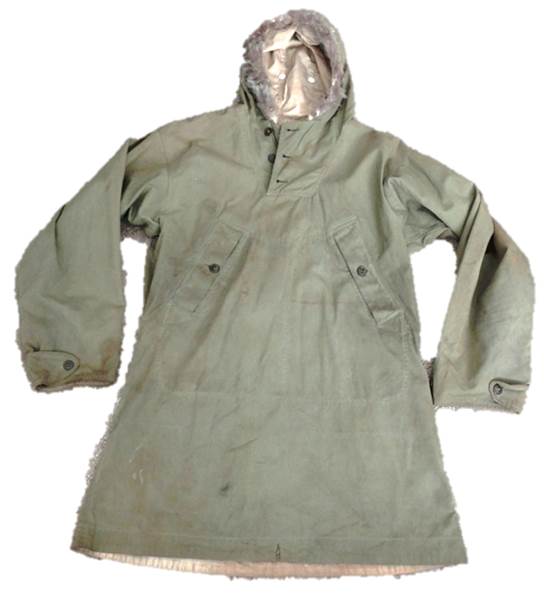
Reversible mountain/ski parka. The hood is lined with coyote fur for warmth. These were worn by ski troops and those serving in mountain areas, perhaps most famously the First Special Service Forces. The interior is white for snow camouflage.
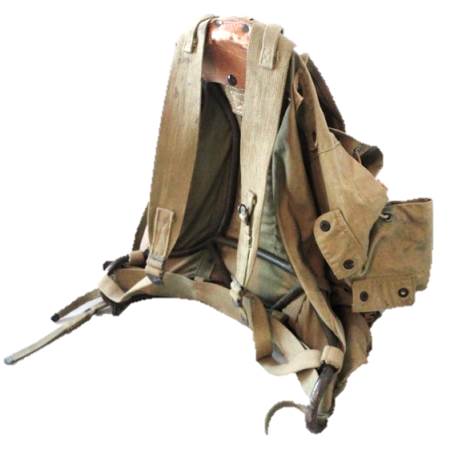
Mountain rucksack, used by ski and mountain troops. It has an external aluminum frame for extra support, and would have a shovel, bayonet, and canteen attached to it.

A special pocket knife issued to mountain troops and soldiers of the First Special Service Force (FSSF). Made by Ulster, it has two blades, a can opener, awl, and special screwdriver for tightening ski bindings. The side plates are made of bone. and a bale would have a cord attached so a soldier would not lose it.
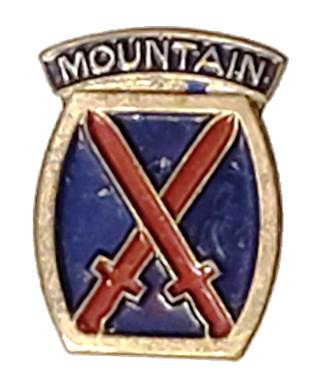
Italian-made Distinctive Insignia of the 10th Mountain.
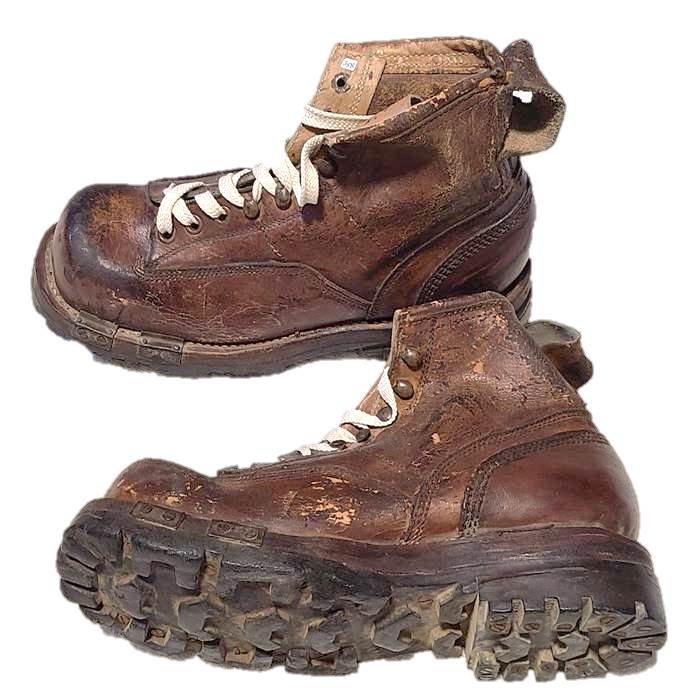
Ski/Mountain boots. These had robust rubber cleats and could be fitted onto skis as well.

Ski leggings
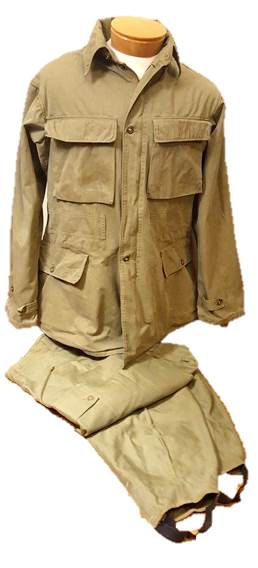
A complete Mountain uniform set, consisting of jacket and trousers. This uniform was developed in 1942 for troops specializing in mountain and ski warfare, such as the 10th Mountain Division which trained at Camp Hale, Colorado. The jacket is made of wind-resistant poplin and has integrated suspenders, a folding hood, and a backpack compartment. The trousers are made of the same material and have large zippered cargo pockets. Elastic stirrups keep them in place when worn.
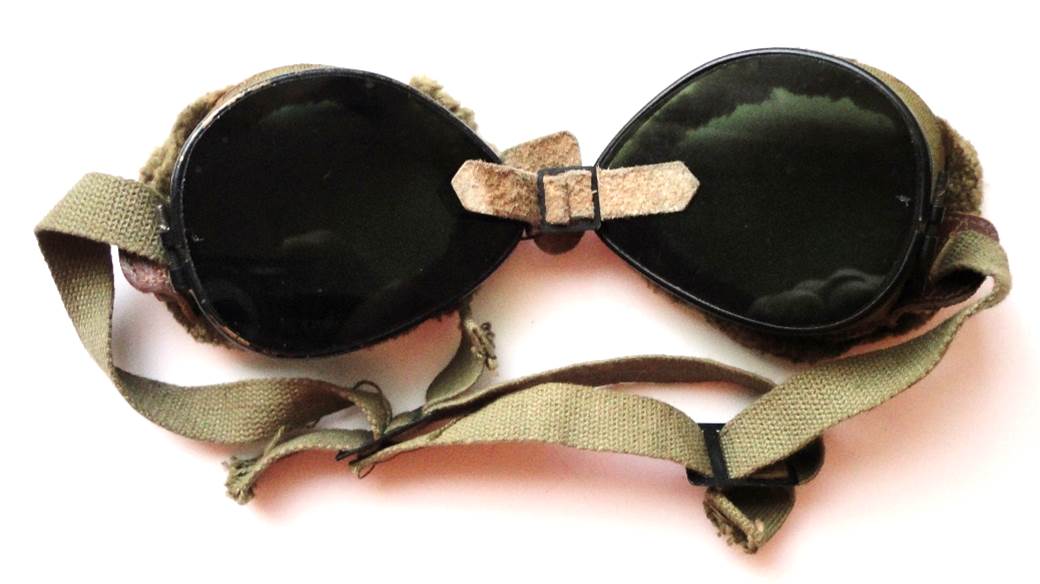
Ski and snow goggles, as worn by mountain troops. The green tint reduced glare.
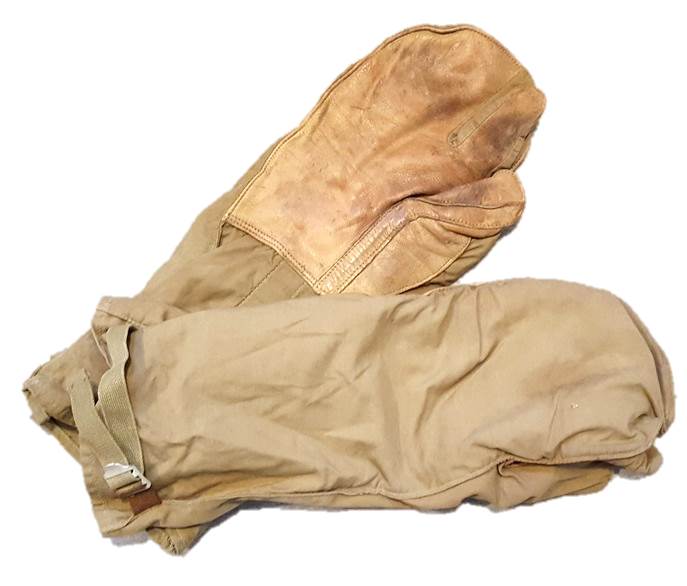
Early pattern trigger finger mittens, with leather palms and wool inserts.
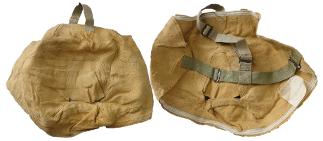
Leather mask for wearing in very cold climates. The eyes would be cut out to fit the wearer and protect the face from wind and snow. These are unissued examples.
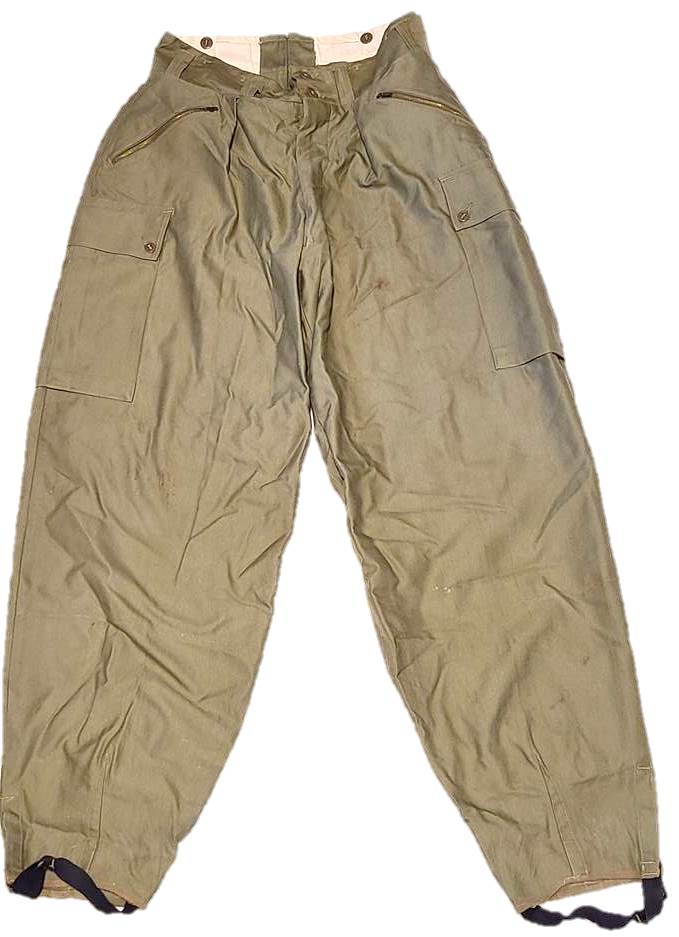
Mountain troop trousers
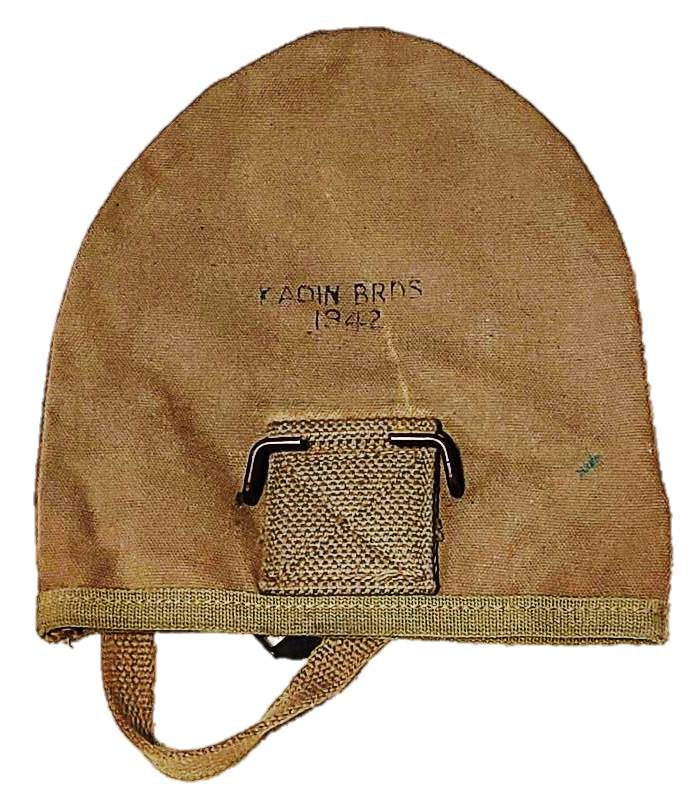
Shovel cover with hook set lower, for use on the mountain rucksack. This enabled the shovel to sit higher than when using a standard shovel cover.

Ames ice axe used by mountain troops.
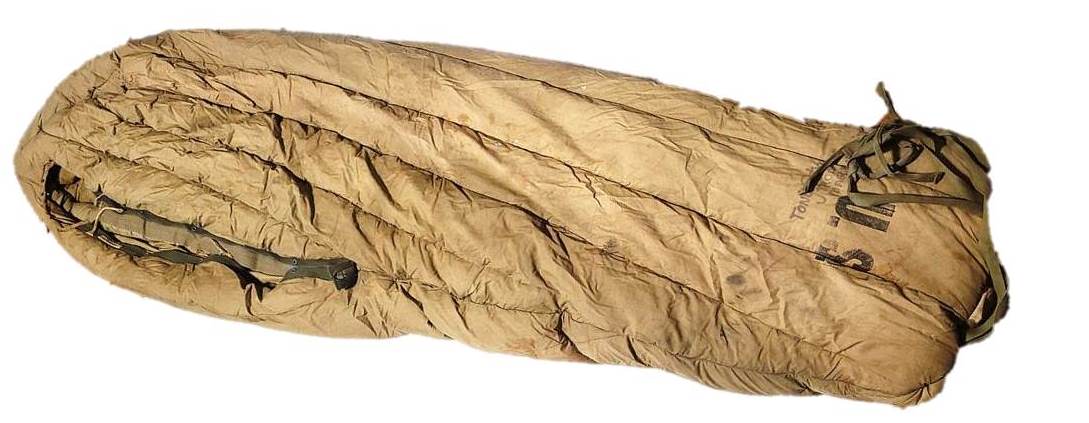
Mountain troops sleeping bag, dated 1943